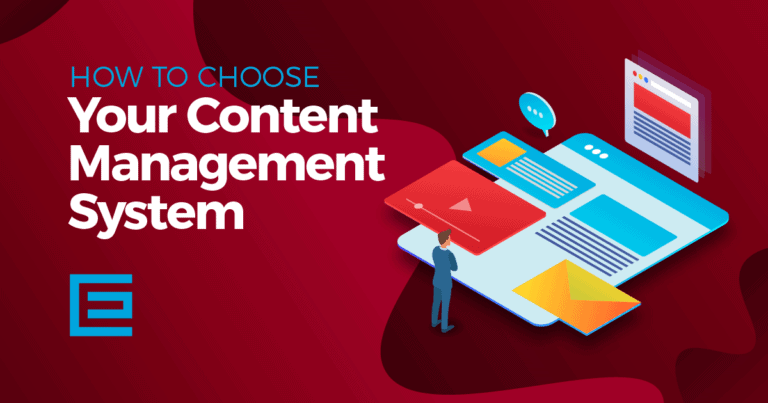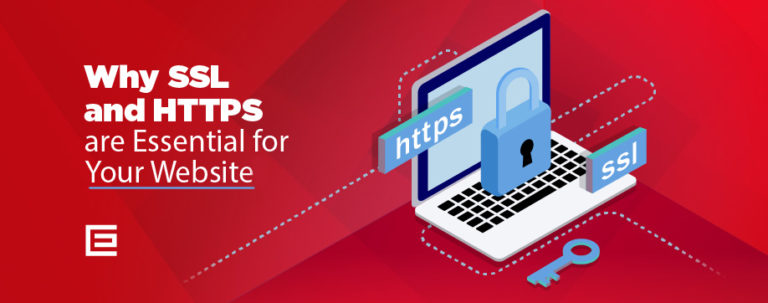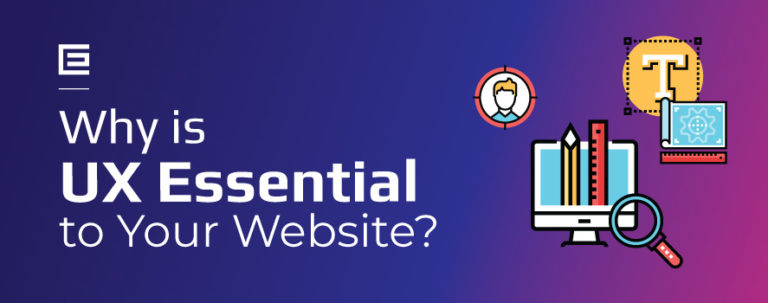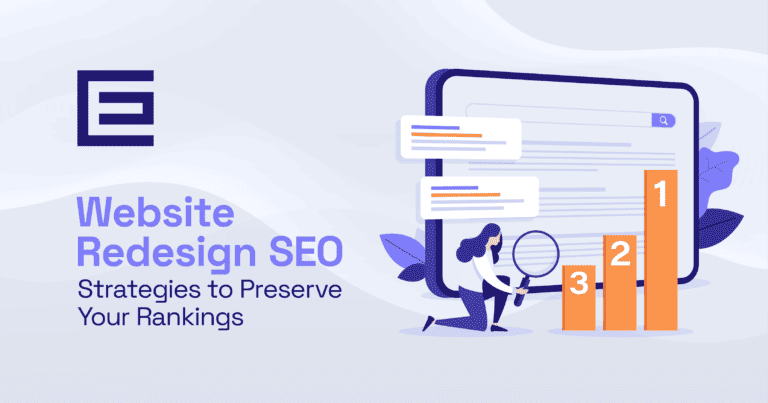Are you struggling to get your website noticed by Google? You’re not alone. Getting Google to index your site can feel like trying to get an invite to the coolest party in town. But don’t worry, we’ve got your back.
In this blog post, we’re diving into the nitty-gritty of how Google’s indexing works. We’ll share some insider tips and tricks to help your site pop up on Google’s radar. Whether you’re launching a brand new site or sprucing up an old one, we’ll guide you through making your website irresistible to Google.
So, grab a cup of coffee, and let’s get started on this journey to boost your site’s visibility and start generating business!
Understanding Google Index
What is Google Index?
Google Index is like a gigantic, ever-expanding library, but instead of books, it’s filled with web pages. When your website gets added to this library, it means Google knows your site exists and considers it a potential result for relevant search queries. Think of it as getting your book on the shelves of the world’s largest digital library, where it can be easily found by anyone searching for the topics you’ve covered.
Note: Just because your website appears on Google search. This does not mean that every page of your website is indexed and appears.
How does Google Index work?
The process of Google indexing is like a meticulous librarian sorting and categorizing books. Google uses a complex algorithm to scan and analyze the content of web pages. This algorithm looks at factors like keywords, site structure, and links to understand what each page is about. Once it gets a good grasp of your page, it files it away in the Index. When someone searches for a topic you’ve covered, Google flips through its massive index to present the most relevant pages, hopefully including yours.
The Role of Googlebot in Indexing
Googlebot is the star player in the indexing process. Picture it as a diligent explorer, constantly traveling across the vast expanse of the internet. It visits websites, both new and updated ones, and examines their content, structure, and links. Googlebot then reports its findings back to Google, which helps update the Index with the latest and most relevant information. Without Googlebot’s explorations, Google wouldn’t know when new pages pop up or when existing ones get updated.
Difference Between Indexing and Crawling
Understanding the difference between indexing and crawling is key. Crawling is the journey – it’s when Googlebot visits your website and explores its content. Indexing, on the other hand, is the destination – it’s when your website’s content is added to Google’s Index. You can have a site that gets crawled but not indexed if Googlebot doesn’t deem the content suitable or relevant enough for the Index. In simple terms, crawling is about discovery, and indexing is about being included in the search results.
The Process of Indexing
How Google Discovers New Pages
Google’s discovery of new pages is akin to a treasure hunt. It starts with Googlebot, the search engine’s web crawler, which scours the internet for new and updated content. This exploration is guided by links; when Googlebot finds a new link on a page it already knows, it follows this link to discover a new page. Additionally, website owners can directly inform Google about new pages through the Google Search Console by submitting sitemaps or using the URL Inspection tool. This proactive approach ensures that Google doesn’t miss any hidden gems on your website.
The Algorithm Behind Indexing
Once a page is discovered, it’s time for Google’s complex indexing algorithm to take center stage. This algorithm is a sophisticated system that analyzes the content of a page, understanding its context, relevance, and quality. It examines various elements like text, images, and video content, and assesses how they interconnect. The algorithm also evaluates the user experience, page speed, and mobile-friendliness. All this information is processed to determine whether the page should be added to the Google Index and how it should be categorized.
Factors Influencing Indexing Speed
The speed at which a page is indexed can vary greatly and is influenced by several factors. High-quality content that offers value to users is typically indexed faster. The website’s overall health also plays a role; a site with a clean, organized structure, fast loading times, and no technical SEO issues is more likely to be indexed quickly. Regular updates and a steady stream of new content can also prompt Googlebot to visit your site more frequently, potentially speeding up the indexing process.
Indexing vs. Ranking: Clarifying the Confusion
It’s important to differentiate between indexing and ranking, as they are two distinct phases in SEO. Indexing is the process of adding a webpage to Google’s Index. If your page isn’t indexed, it simply won’t appear in any search results. Ranking, however, is about how high your page appears in search results once it’s indexed. It’s determined by over 200 factors, including relevance to the search query, page quality, and user engagement. In essence, indexing is about getting in the race, while ranking is all about finishing in a leading position.
By ensuring your website is easily discoverable, technically sound, and filled with high-quality content, you can enhance its chances of not only being indexed by Google but also achieving a favorable rank in search results.
Tools for Managing Google Index
Overview of Google Search Console
Google Search Console is an indispensable tool for anyone serious about SEO. It’s like having a direct line to Google, providing insights into how the search engine views your website. This free service allows webmasters to monitor and maintain their site’s presence in Google search results. You can see which of your pages are indexed, understand how users find your website, and be alerted to any issues that might affect your site’s performance in Google. Essentially, it’s your website’s report card directly from the source.
Using the URL Inspection Tool
Within Google Search Console, the URL Inspection Tool is a powerful feature that offers a behind-the-scenes look at how Google sees your individual pages. This tool allows you to check if a specific URL on your site is indexed and, if not, why. It provides detailed crawl, index, and serving information about your pages, directly from the Google index. This is particularly useful for diagnosing indexing problems and ensuring that Google has the most current view of your page.
Sitemaps and Their Role in Indexing
Sitemaps are like a roadmap for Googlebot, guiding it to all the important pages on your site, especially those that might be hard to discover through regular crawling. Submitting a sitemap via Google Search Console can significantly improve the indexing of your website, especially if your site is large, new, or has many isolated pages. While not a guarantee for indexing, sitemaps are a best practice for ensuring that Google knows about all the pages you care about.
The Importance of robots.txt in Controlling Indexing
The robots.txt file acts as a gatekeeper for your site, telling Googlebot which parts of your site it should and shouldn’t crawl. This is crucial for controlling the indexing of your site. A properly configured robots.txt file can prevent search engines from indexing sensitive or duplicate content, or from wasting resources on irrelevant pages. However, it’s important to use this tool carefully, as incorrect usage can accidentally block important pages from being indexed.
Optimizing Your Site for Google Index
Best Practices for Website Structure
A well-organized website structure is crucial for both user experience and search engine indexing. Think of your website like a book; it needs a clear table of contents (navigation menu) and well-defined chapters (web pages). A logical, hierarchical structure helps Googlebot understand and index your content efficiently. Use a simple, intuitive URL structure, ensure that each page is accessible through internal links, and utilize breadcrumb navigation to enhance user orientation. Remember, a well-structured website encourages longer visits and easier crawling, both of which are beneficial for SEO.
Importance of High-Quality Content
Content is the cornerstone of your website and a critical factor in Google’s indexing. High-quality, original content that provides value to your audience is more likely to be indexed and rank well. Google’s algorithms are designed to reward content that is informative, well-written, and relevant to user queries. Regularly updating your site with fresh content can also prompt more frequent visits by Googlebot. Ensure your content uses relevant keywords naturally, addresses user intent, and provides a comprehensive answer to the questions your audience is asking.
Mobile-Friendliness and Its Impact on Indexing
With the increasing prevalence of mobile internet usage, Google has shifted towards mobile-first indexing. This means that Google predominantly uses the mobile version of your site for indexing and ranking. To optimize for this, ensure your site is responsive, meaning it automatically adjusts to fit the screen size of various devices. A mobile-friendly site not only improves user experience but also supports better indexing. Use Google’s Mobile-Friendly Test tool to check how well your site performs on mobile devices and implement any recommended changes.
The Role of Social Signals in Indexing
While social signals — likes, shares, comments, and social media visibility — are not direct ranking factors, they can indirectly influence your site’s indexing. Active social media engagement can increase the visibility and reach of your content, leading to more traffic and potentially more backlinks. These backlinks can be a signal to Google about the relevance and authority of your content, which may influence its indexing. Therefore, integrating social media into your SEO strategy can be beneficial, not just for direct audience engagement but also for supporting your site’s indexing and overall online presence.
Optimizing your site for Google’s index is a multifaceted process that involves fine-tuning various aspects of your website. By focusing on a structured website, quality content, mobile-friendliness, and an active social media presence, you can enhance your site’s chances of being indexed and performing well in Google search results.
Common Indexing Issues and Solutions
Troubleshooting Non-Indexed Pages
If you find that some of your pages aren’t being indexed by Google, there are several steps you can take. First, use the URL Inspection tool in Google Search Console to check if Google can crawl the page. If it can’t, the tool will provide the reason, such as a crawl error or a blocked URL. Ensure that the page is not marked as ‘noindex’ and that it’s included in your sitemap. If the page is new, give it some time, as indexing can sometimes take a few days to a few weeks. Also, consider improving the content quality and internal linking to the page to increase its chances of being indexed.
Dealing with Duplicate Content
Duplicate content can confuse Google and dilute your SEO efforts. To handle this, use canonical tags to tell Google which version of a page is the master copy, or consider consolidating similar pages. Ensure each page has unique content and avoid copying content from other sites. If you have print-friendly versions of pages, use the ‘noindex’ tag to prevent them from being indexed. Regularly auditing your site for duplicate content can help maintain a clean, Google-friendly site.
How to Remove Pages from the Google Index
There might be instances where you want to remove a page from Google’s index — for example, outdated content or sensitive information. To do this, first, delete the page or add a ‘noindex’ tag. Then, use the URL Removal Tool in Google Search Console to request a temporary removal. Remember, this tool only hides the page from search results temporarily, and permanently removing the content from your site is necessary to ensure it stays out of the index.
The Impact of Site Changes on Indexing
Significant site changes, like a redesign, migration, or restructuring, can impact your site’s indexing. After making major changes, monitor your site’s performance in Google Search Console. Look for crawl errors and check the Index Coverage report to see how your updated content is being indexed. It’s also a good idea to resubmit your sitemap after major changes. Be aware that it may take some time for Google to re-crawl and re-index your site, so some fluctuations in search rankings are normal immediately following significant changes.
Addressing these common indexing issues proactively can help ensure that your site remains favorably positioned in Google’s index. Regular monitoring and maintenance, coupled with a clear understanding of how to manage content and site changes, are key to a successful SEO strategy.
Advanced Topics in Google Index
The Size and Scale of Google’s Index
Google’s Index is mind-bogglingly huge, reflecting the immense scale of the internet. It’s a dynamic, ever-growing database that contains hundreds of billions of web pages, spanning over 100,000,000 gigabytes. This colossal size is necessary to encompass the sheer volume of existing web content, as well as the constant influx of new pages. It’s seriously impressive how Google manages all this, sorting and sifting through this mountain of information at breakneck speed. It’s like having the world’s most powerful librarian at your fingertips!
Recent Updates in Google’s Indexing Process
Google continually updates its indexing process to improve user experience and adapt to the evolving web. Recent updates have focused on enhancing the understanding of user intent, the relevance of content, and the overall quality of search results. For instance, updates like BERT (Bidirectional Encoder Representations from Transformers) and other natural language processing advancements have significantly improved how Google interprets search queries and web page content. Additionally, Google’s mobile-first indexing approach, prioritizing mobile versions of websites for indexing and ranking, reflects the growing dominance of mobile internet usage.
The Future of Indexing: AI and Machine Learning
Advancements in AI and machine learning deeply intertwine with the future of Google’s indexing. These technologies will revolutionize how Google interprets, categorizes, and retrieves web content. AI algorithms are increasingly adept at understanding context, nuance, and human language subtleties. They enable more accurate and relevant search results. Google’s system uses machine learning to continuously learn from new data. It adapts to changes in web content and user behavior and predicts future trends. This evolution will likely make search results more personalized, accurate, and useful.
The Introduction of Search Generative Experience (SGE)
Google is significantly transforming the search experience with its SGE experimentation. Currently in testing in Search Labs, SGE is available on Chrome desktop and the Google App. This new approach uses generative AI to enhance users’ search experiences. It aims to provide more intuitive and context-rich results, going beyond traditional search mechanisms.
SGE marks an early step in integrating generative AI into search. It works alongside familiar web search results, offering users a more comprehensive understanding of their queries. This shift indicates a move towards a more interactive and intelligent search process, with AI central to delivering information.
The Impact of SGE on Search and Indexing
SGE’s introduction into Google’s search ecosystem suggests a future where search engines understand and anticipate user needs, not just retrieve information. Integrating generative AI into search processes could redefine search queries. It offers more conversational and context-aware responses.
As Google refines SGE and other AI-driven initiatives, the search and indexing landscape is set for significant changes. These advancements will likely lead to more dynamic, intelligent, and user-centric search experiences. They emphasize the importance of keeping up with technological trends in SEO and digital marketing strategies.
FAQs
Why is my site not appearing in Google Index?
If your site isn’t appearing in Google’s Index, there could be several reasons. The most common include technical issues like crawl errors, the presence of a ‘noindex’ tag on your pages, or problems with your site’s robots.txt file that prevent Googlebot from accessing your site. Other factors could be low-quality content, a new website that hasn’t been discovered yet, or a site penalty due to violating Google’s guidelines. To diagnose and fix these issues, use tools like Google Search Console to identify and resolve any potential problems.
How long does it take for Google to index a new site?
The time it takes for Google to index a new site can vary. Typically, it can take anywhere from a few days to a few weeks. This timeline can be influenced by factors such as the site’s structure, the quality of the content, and whether the site has been submitted to Google via Google Search Console. Submitting a sitemap and ensuring the site is accessible and free of crawl errors can help expedite the process.
Can I force Google to index my site faster?
While you can’t “force” Google to index your site faster, there are strategies to encourage quicker indexing. Ensure your website is well-structured, with a clear sitemap and no crawl errors. High-quality, unique content updated regularly can attract Googlebot’s attention. Additionally, using the URL Inspection Tool in Google Search Console to submit individual URLs can prompt Google to crawl and index those pages. Building quality backlinks from reputable sites can also signal Google that your site is valuable and worth indexing.
How do I check if my page is in the Google Index?
To check if a page is in the Google Index, use the “site:” search operator in Google. Type “site:yourdomain.com” into the Google search bar, and it will show all indexed pages from your domain. For a more detailed analysis, use the URL Inspection Tool in Google Search Console. This tool provides information about the index status of your URL, whether the page is indexed, and any issues that might prevent it from being indexed.







